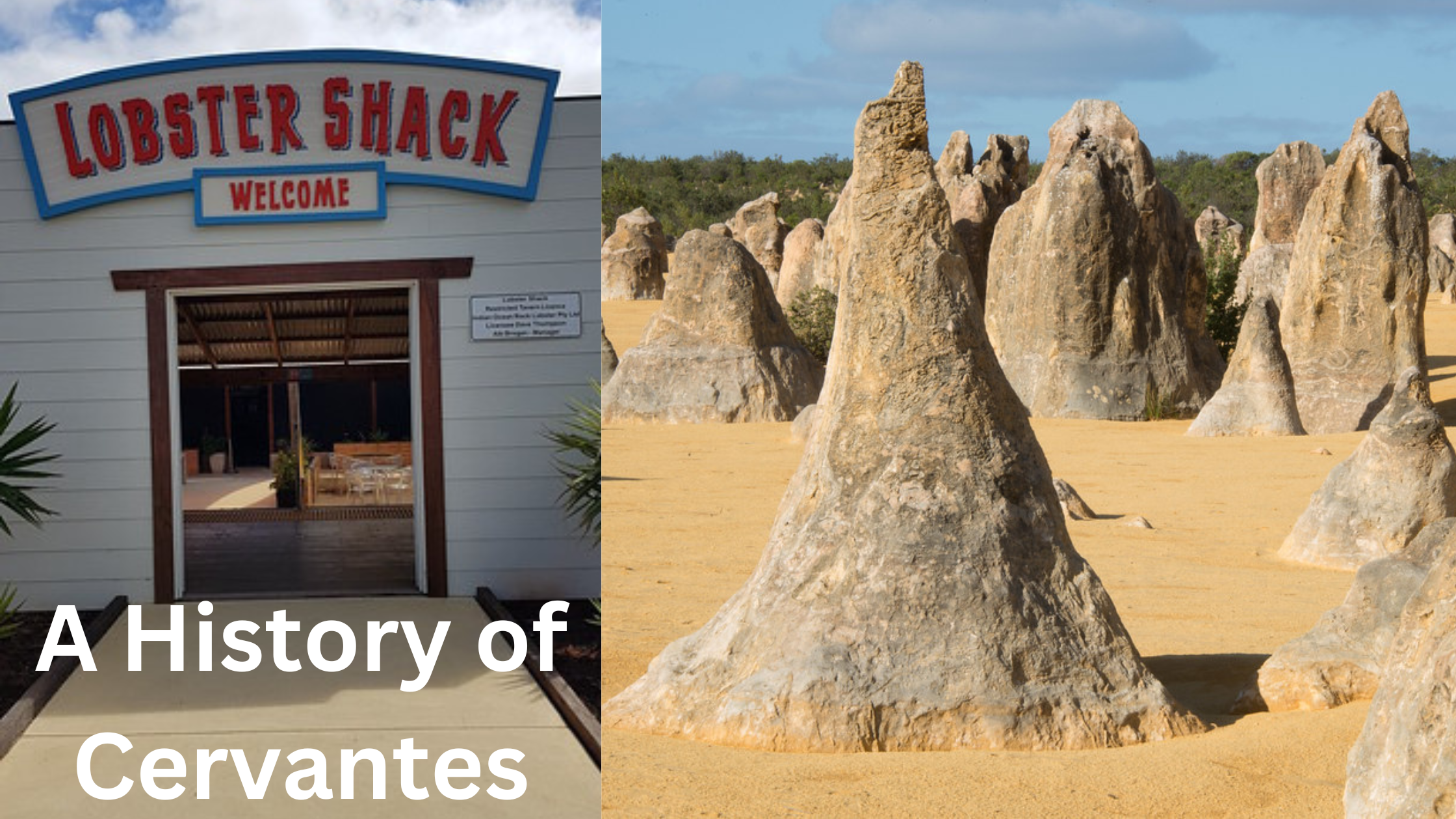
A history of Cervantes
Cervantes is a small coastal town located in the Mid West region of Western Australia. It is situated approximately 200km north of Perth and is named after the Spanish author Miguel de Cervantes. The town was officially gazetted in 1963, but its history dates back much further than that.
The traditional owners of the land in the Cervantes area are the Nanda people, who have inhabited the region for thousands of years. Evidence of their presence can be seen in the form of rock art, burial sites, and other cultural relics found throughout the area.
The first European to visit the area was the French explorer Louis de Freycinet, who sailed along the coast in 1801. However, it was not until the 1850s that European settlers began to establish a presence in the area.
The early settlers in the region were predominantly sheep farmers, who established small pastoral stations throughout the area. The land around Cervantes was well suited to grazing, and the town grew slowly but steadily over the next century.
In the early 1900s, the Western Australian government began to promote the development of fishing in the area, and a number of fishing shacks were established along the coast. The town also became a popular destination for tourists, who were attracted by its natural beauty and pristine beaches.
However, it was not until the 1960s that Cervantes began to develop into a true town. In 1963, the town was officially gazetted, and a number of government services were established, including a school, post office, and police station.
The town’s development was further boosted in the 1970s, when the Western Australian government began to promote the area as a tourist destination. A number of new facilities were established in the town, including a caravan park, holiday homes, and a golf course.
One of the main attractions of Cervantes is the nearby Nambung National Park, which is home to the famous Pinnacles Desert. The Pinnacles are a series of towering limestone pillars that rise out of the sand dunes, and are believed to be around 30,000 years old. They are one of the most popular tourist attractions in Western Australia, and attract visitors from around the world.
Another important aspect of the town’s history is its relationship with the local Aboriginal community. The Nanda people have a strong cultural and spiritual connection to the land around Cervantes, and their history and traditions are an important part of the town’s cultural heritage.
In recent years, there has been a growing recognition of the importance of preserving and promoting Aboriginal culture in the region. The Nanda Heritage Trail, which runs through the town and the surrounding area, provides visitors with an opportunity to learn about the traditional owners of the land and their way of life.
Today, Cervantes is a thriving town that continues to attract visitors from around the world. Its unique blend of natural beauty, cultural heritage, and modern amenities make it a popular destination for tourists and residents alike.
The town’s history is a testament to the resilience and ingenuity of the early settlers, and to the enduring importance of cultural and environmental conservation in shaping the future of Western Australia.
In conclusion, Cervantes is a small town with a rich and diverse history that reflects the complex and interconnected nature of human society. Its development has been shaped by a range of factors, including agriculture, fishing, tourism, and the cultural heritage of the local Aboriginal community.
As the town continues to grow and evolve, it is important that its history and heritage are preserved and promoted, and that its residents and visitors alike are encouraged to appreciate the unique and special qualities that make Cervantes such a special place.
